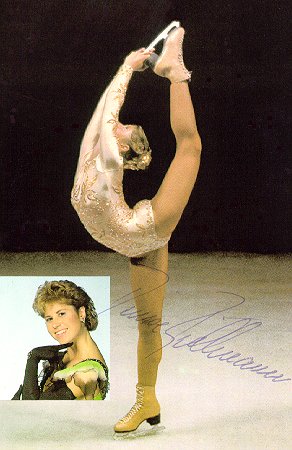Below a pro-birth control public service announcement, by a sex-ed-type organization called Sex Really, that makes the argument that all men are total assholes, therefore women should make sure they use birth control…
…but they should still have sex with them of course! Duh!
Trigger warning for sexist language:
Lisa Wade, PhD is an Associate Professor at Tulane University. She is the author of American Hookup, a book about college sexual culture; a textbook about gender; and a forthcoming introductory text: Terrible Magnificent Sociology. You can follow her on Twitter and Instagram.











